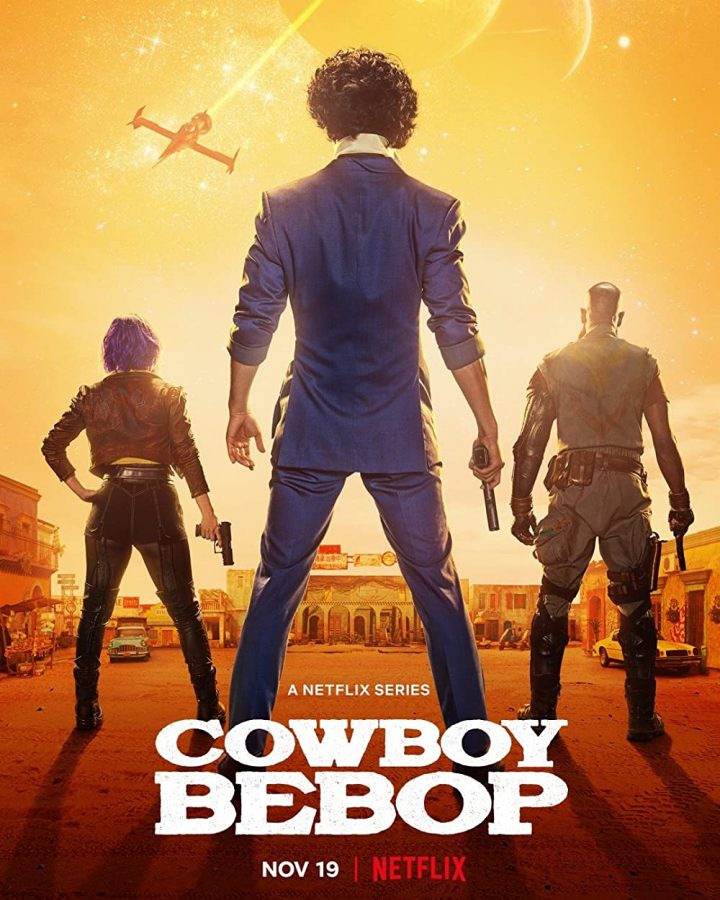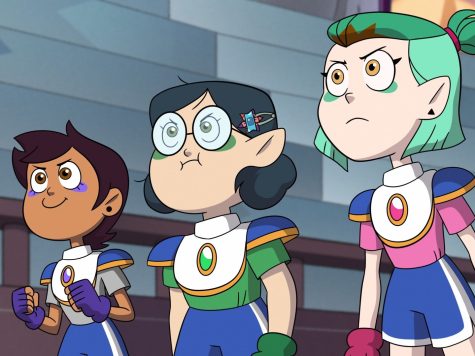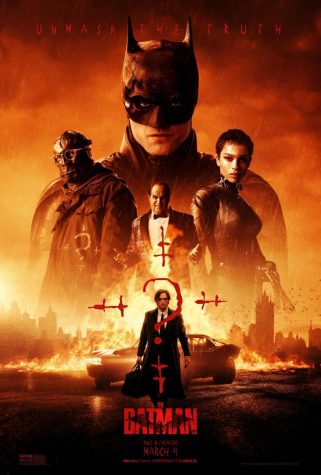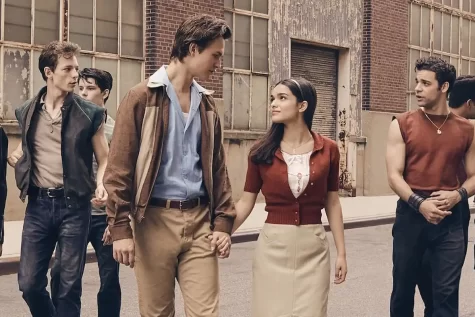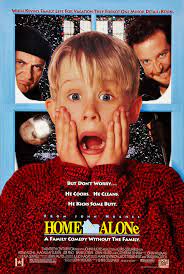Another Netflix Live Action Failure: Cowboy Bebop
The anime “Cowboy Bebop”broke through in the world of Western entertainment after the release of its English dub, mesmerizing viewers with its impressive animation and intricate story-telling.
Created in Japan by Sunrise animation studios (led by producer Shinichirō Watanabe), the show first premiered in the United States on Cartoon Network’s Adult Swim in 2001, being the first anime to do so.
The show was liked by the Western audience and went on continuous reruns, even eventually getting its own animated movie.
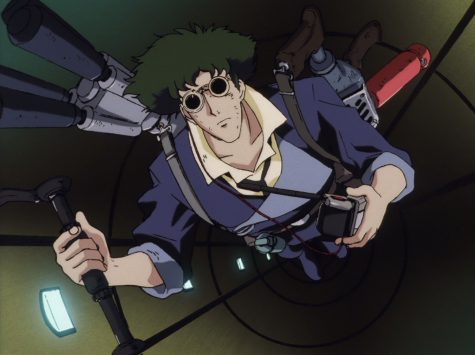
The show follows the lives of the bounty hunting crew of the Bebop, a fishing-vessel turned into a spaceship, as they hunt their rewards and usually fail in a flashily way.
The show is much more than a plotline of shenanigans and mishaps, however.
The detailed characterization and in-depth worldbuilding aesthetic in “Cowboy Bebop” cultivates a complex story as characters fight with their pasts while making their futures.
Recently, Netflix published a live-action remake of the show, attempting to capitalize on a trend of increasing interest in Japanese animation from the United States.
Netflix was able to secure the rights to distribute the original show earlier this year, trying to build up hype and viewer interest around the live-action version. Starring John Cho as main character Spike Spiegel, the Netflix adaptation brought in an established cast of actors and actresses.
Spike’s bounty hunting crewmates Jet Black and Faye Valentine are played by Mustafa Shakir and Daniella Pineda, respectively. The live-action remake, receiving a 46% on Rotten Tomatoes, fails to capture the original depth of character found in the animated series.
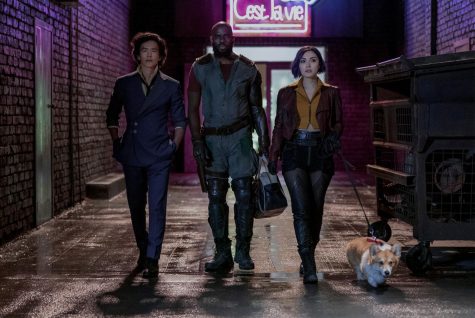
One of the most compelling aspects of the original anime is the detail put into the characters’ personalities, faults, mystery, and motivations.
The characters’ backstories are slowly revealed throughout the series little by little, as their pasts keep catching up to them and challenging their aspirations.
Still, there is ambiguity in the origins of characters, yet this completes their roles in the story: it doesn’t matter where they came from, but what they represent. For example, Vicious, the main antagonist, has no solo backstory and it is only revealed who he is from Spike’s flashbacks.
In the live-action remake, Netflix decided to give Vicious a complete and detailed backstory, taking away from his unwarranted malice.
The Netflix remake fails to develop the characters’ pasts to the viewer, making it seem like they are trying to rush and cram information so they can explain everything later in the story.
This format doesn’t work, as one of the captivating components of the original was the mystery in the characters themselves.
Netflix’s remake presents itself as a superficial imitation of what the original show is, failing to capture its essence.
Netflix’s inability to do so not only comes from the faulty characterization, but rather the fact that it is limited by having to be real.
Let’s face it: animators are not limited by the same problems as live-action production. The original show just feels so much better to the viewer because it is straight-up cooler.
Live-action is unable to remake the intense fight scenes, dangerous spaceship fights, or just the vast detail in the background that the animation does.
The live-action remake looks tacky and underdeveloped compared to it, despite being made with a significantly larger budget and way more technology.
John Cho can’t recreate a whipping heel kick like Spike, not because he is a bad actor, but because live-action cannot replicate the coolness of animation.
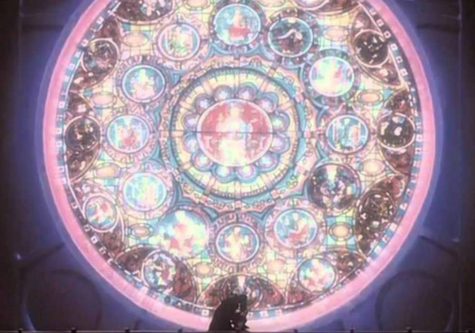
The live-action remake did have some good parts, however. The casting was well done – Mustafa Shakir as Jet Black was able to emulate the character’s personality, manner, and characteristics impressively.
Perida as Faye and Cho as Spike were arguably good choices as well. Sadly, Radical Ed from the original show barely got a feature in the live-action.
Hopefully, Netflix and other production companies will learn from their shortcomings in translating animated series to real life for potential future adaptations.
In the case of “Cowboy Bebop” and other works that can only be correctly portrayed through animation, some shows are best left animated.

Joe Stern is a senior and captain of the rowing and quizbowl teams. His favorite past time activities include slamming nerds in Game Pigeon word games...

